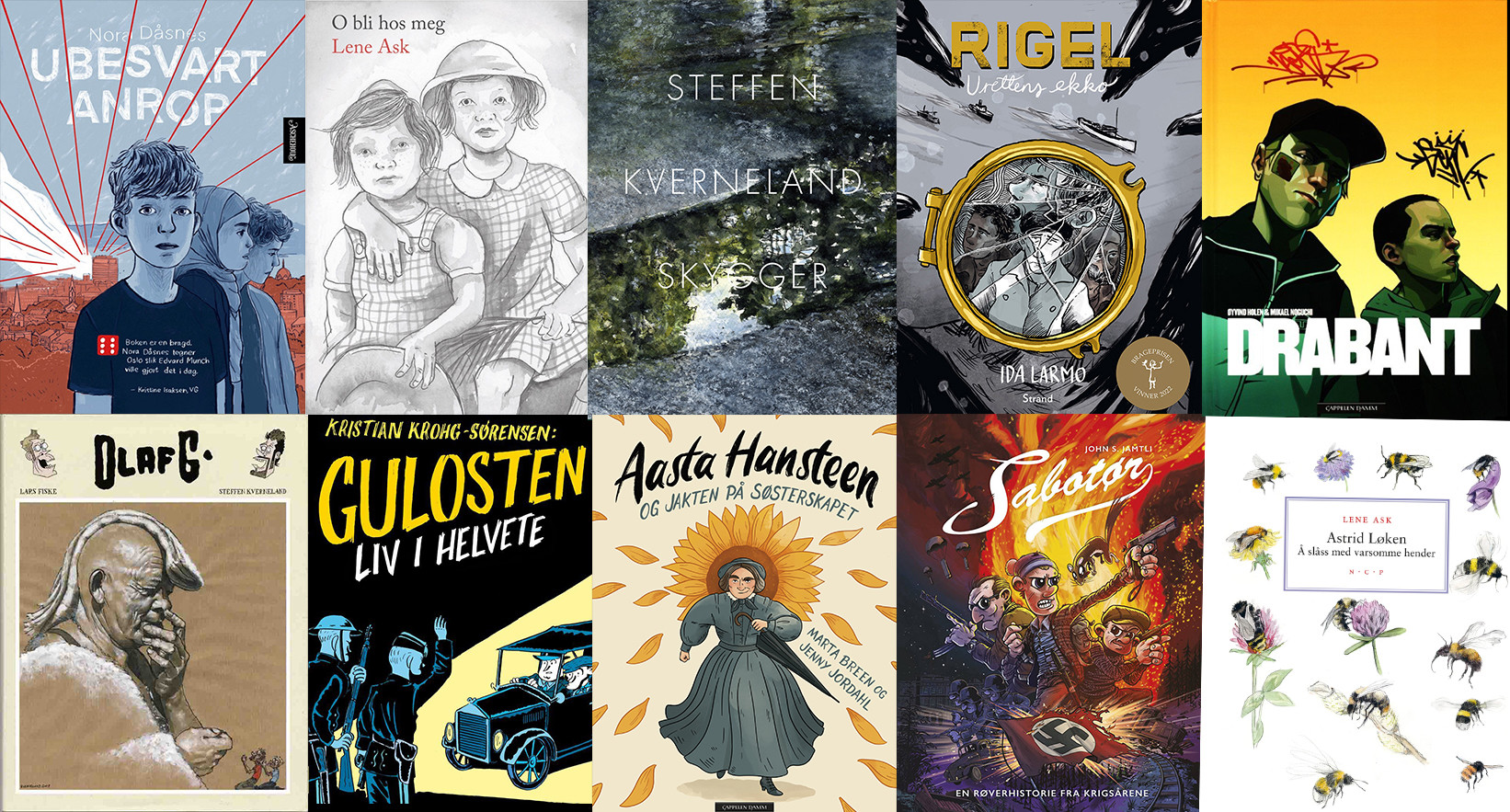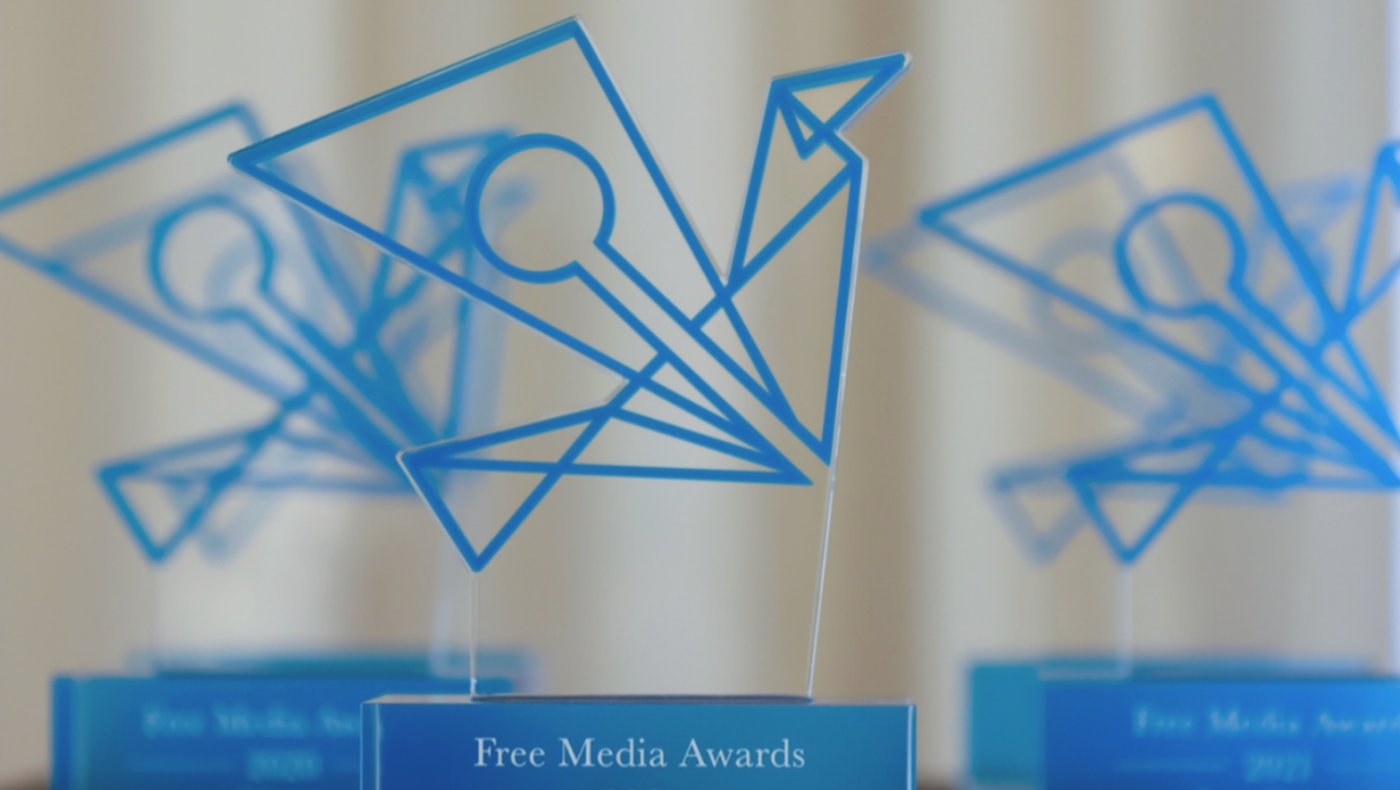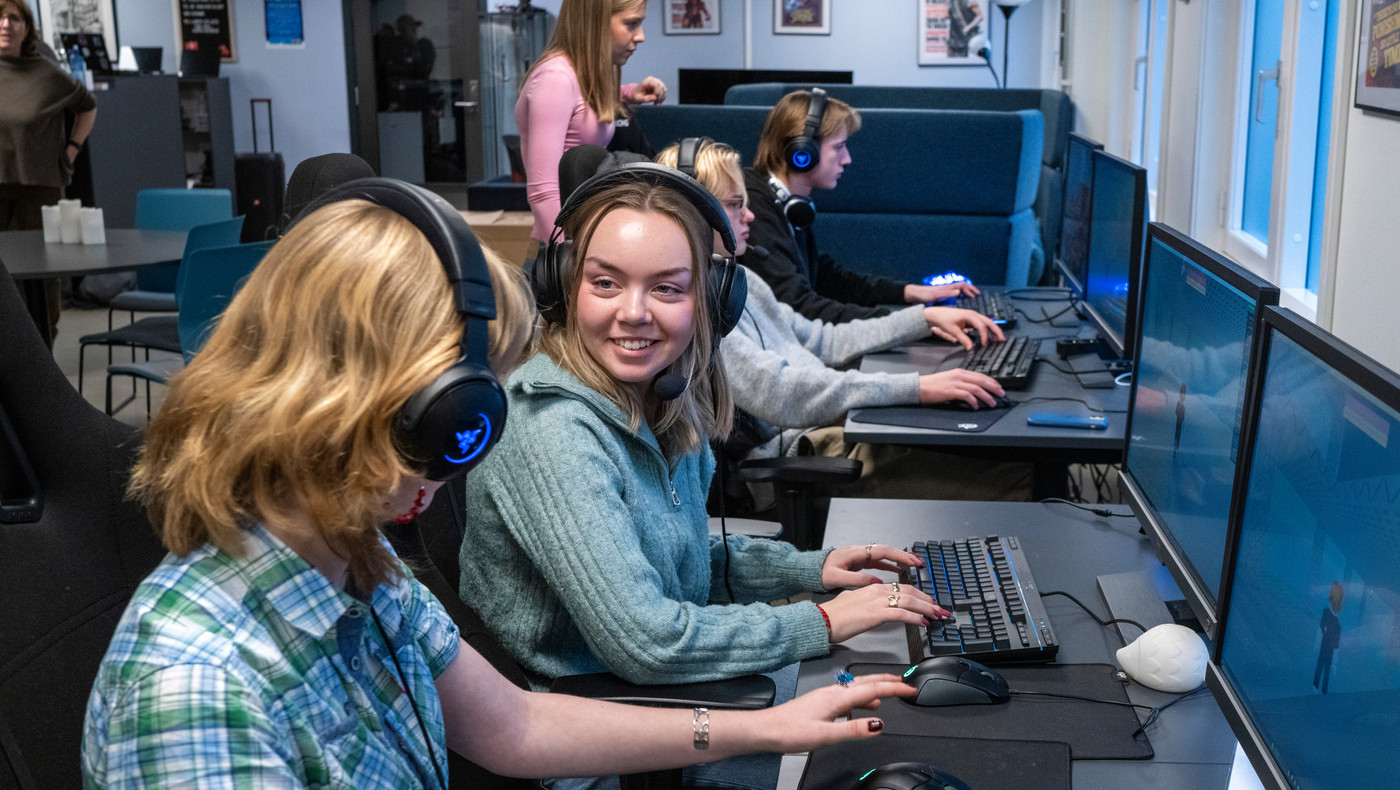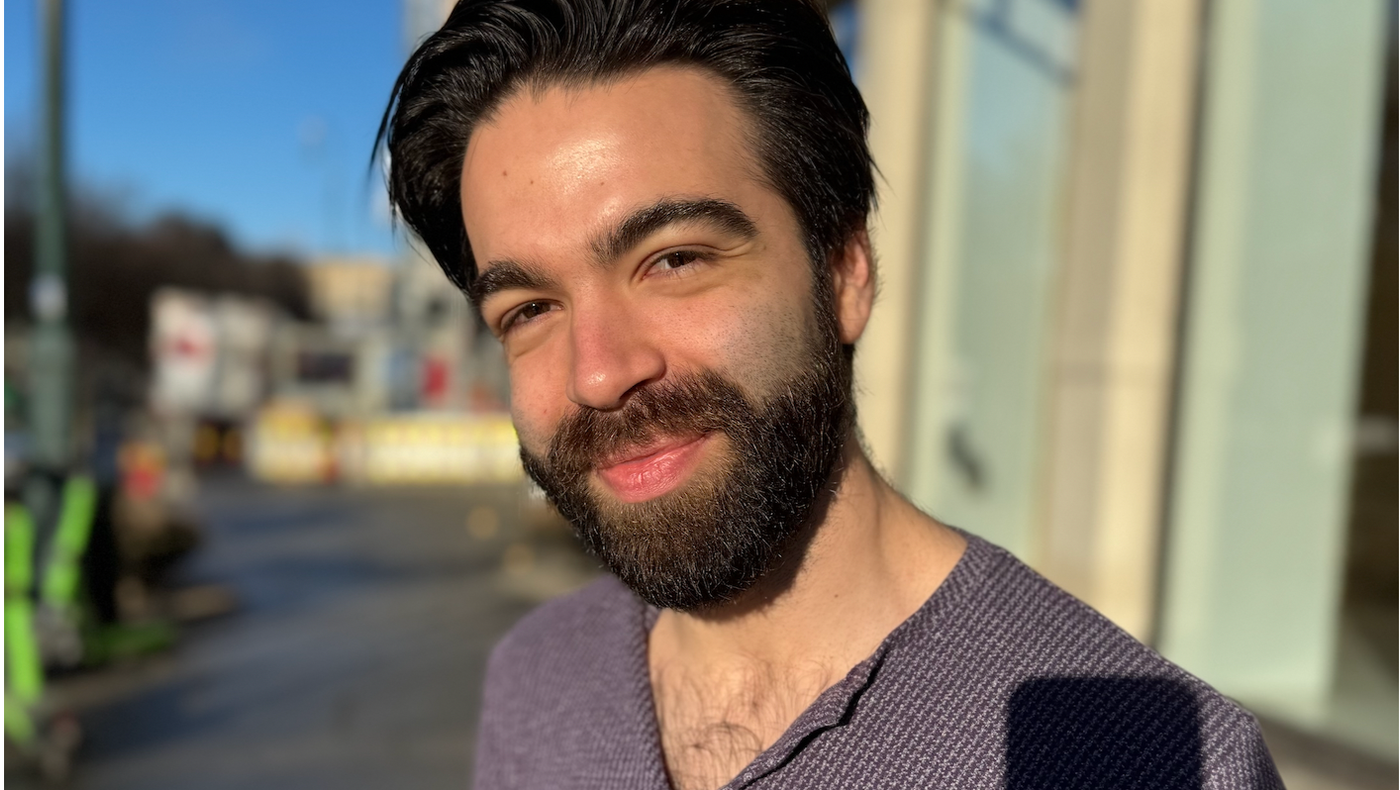The History of History – graphic novels can shed light on history in new ways
Graphic novels that address historical topics was this year’s focus among the 144 public libraries that responded to the Fritt Ord Foundation’s call for applications from libraries for 2024, "The History of History».
According to graphic art creators as well as librarians, graphic novels can recount history in new ways to new groups of readers. Forty-four libraries have been granted MNOK 2.6 to organise meetings on nonfictional prose, fiction and graphic novels. This is the largest amount since the calls for applications from libraries began in 2008.
“The graphic novel format lends itself well to recounting history because, as an artist, you can decide what may have taken place, beyond what the written the sources say”, according to series creator Lene Ask.
Her work ‘Dear Rikard’, about the missionary child Rikard Jakobsen, who grew up on Madagascar, is a prime example. It is based on letters exchanged between Rikard and his father from the time the boy was 8 to 18 years old. He was instructed “only to write positive things” to avoid upsetting his father.
“I have to read between the lines, but when I do, I am able to draw my impressions.

Ask has created quite a few historical graphic novels since her debut with ’Hitler, Jesus and granddad". This year, she is presenting a completely new work about the apiologist Astrid Løken, who used her field work as a bee researcher to spy for the clandestine intelligence group XU in Norway during World War II.
“Compared with drawings, photographs are more bombastic”, observes Ask, who is a photographer by education.
“Photographs try to convince us that what we see is true, even though everyone knows that photographs are only snapshots and that they can be manipulated. When I first started drawing, I felt I was sailing under an unsullied flag: My subjective perception of the subject was clear”, she adds.
Visual stories reach new readers
Ask’s contention that graphic novels can address historical topics is supported by many of the librarians granted subsidies by Fritt Ord this year to delineate history.
“Lines and talking bubbles can be effective, capturing people’s interest at the same time as subtly teaching about history. They also offer good opportunities for distinguishing between facts from the sources and narrative techniques”, points out librarian Camilla Brandt, as head librarian Cathrine Strøm at the Lillehammer Library agrees.
Enthusiasm for recounting history through graphic art is shared by many.
“The visual aspect of graphic novels lends itself well to attract all kinds of lenders”, comments librarian Toril Å. Iversen at the Lørenskog Library “not least readers who face challenges with Norwegian.”
“The approach is different. The combination of text and pictures can also give a story extra depth”, chimes in Melina Edvardsen of the graphic novel library Serieteket at Grünerløkka in Oslo, “as opposed to historical literature which, for many readers, can seem overly focused on text, which can be a deterrent.”
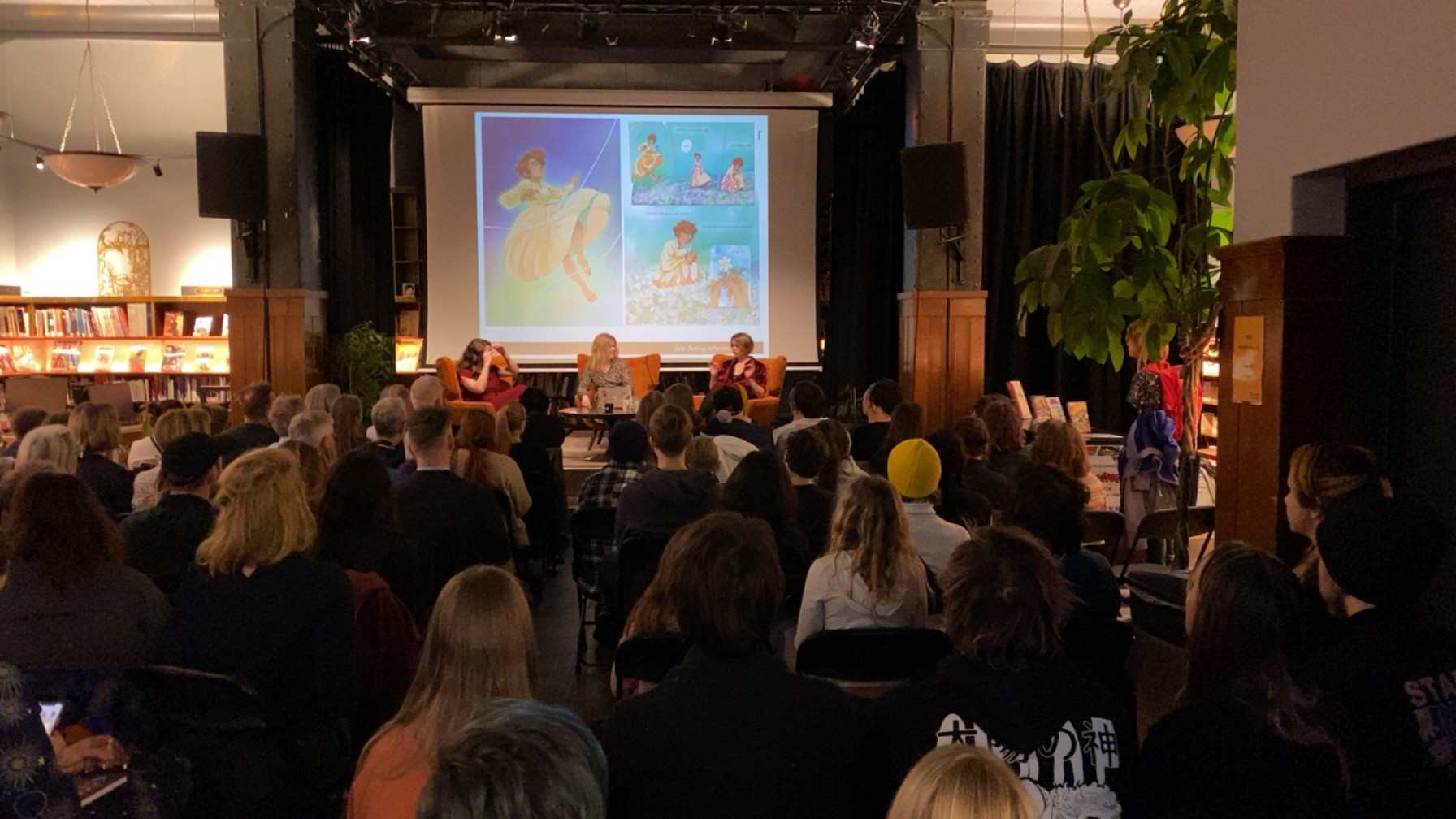
Aimed at young people
Librarian Camilla Strøm of the Lillehammer Library is of the opinion that the graphic novel format has a distinctive ability to attract young readers. In a pilot project to promote the joy of reading and to rebuild school libraries in the area, her library will be inviting the creators of graphic novels in particular to meet lower secondary school pupils and students at the Nansen Academy and Inland University College.
“The graphic novel format has a clear ability to attract young readers, so it lends itself to telling this target group about historical events”, states chief librarian Camilla Strøm, along with Camilla Brandt, who is in charge of the children’s and young people’s sections. In the long term, we hope the project will become a regular annual event aimed at lower secondary schools.
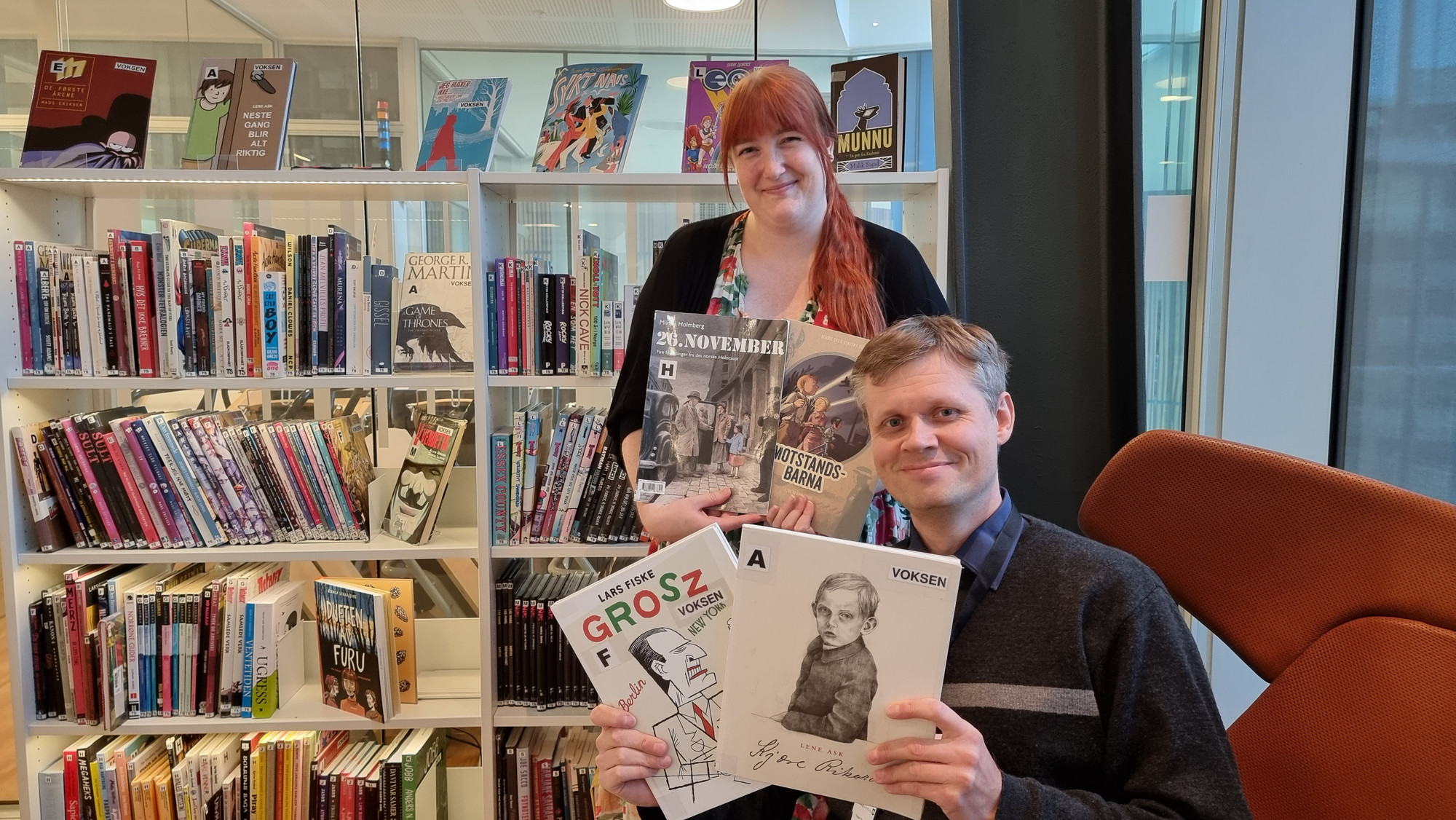
Popular writers
Lillehammer is one of the 44 libraries that have been granted support in response to the call for proposals for “The History of History”. Many libraries have chosen graphic novels for teaching history. According to Oskar Kvasnes of Fritt Ord, the authors mentioned frequently include Ida Larmo (‘Rigel’), Steffen Kverneland (‘Munch’), Lars Fiske (‘Grosz’), John S. Jamtli (‘Saboteur’), Jenny Jordahl (‘Aasta Hansteen and the quest for sisterhood’), Andreas Iversen (‘Max Manus’), Kristian Krohg-Sørensen (‘The yellow cheese’), Øyvind Holen (‘The Burbs’), Nora Dåsnes (‘Unanswered call’), Jonathan Castro, Don Martin and Felipe Orellana Castro (‘Block to block’) and Lene Ask herself.
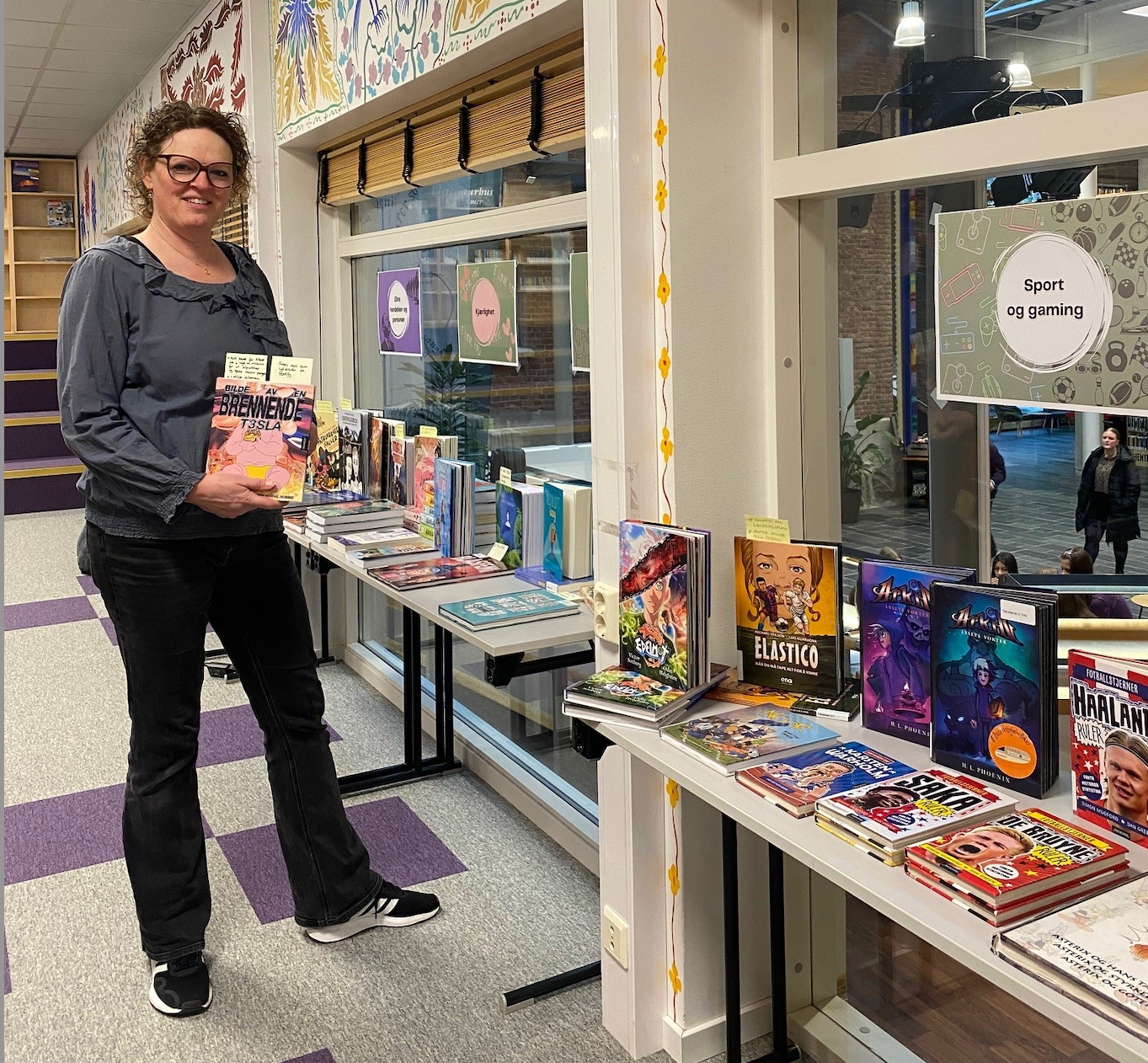
Libraries are the new churches!
Ask is very pleased to be mentioned in the applications, and is especially fond of libraries.
“Libraries are fantastic meeting places and they have become part of most people’s personal journey of growth and development. In the old days, people met at church. Nowadays, they meet at libraries.
Libraries also mean a great deal”, she continues, “to graphic novelists like herself who can meet the public and reach new readers with their publications.” She has visited numerous libraries all over Norway, including Bryne, Kristiansand, Stavanger, Larvik and Rennesøy, not least to talk about ‘Dear Rikard’ (2014).
“When I talk about Rikard, particularly here in the southwestern corner Norway, audiences are often moved to share their own stories. Some of the get-togethers have turned into unadulterated story-sharing evenings. Many children of missionaries have struggled to tell their stories”, she points out. Such meetings inspired her to write the second graphic novel about the children of missionaries, ‘Abide with me’ (2021).
Evaluating the credibility of sources in graphic novels is similar to the process in other nonfiction
Ask’s books are based on letters from the children of missionaries that she discovered in the Mission Archives in Stavanger. The book ‘Astrid Løken – Fighting with gentle hands’ is based on Løken’s diaries from her time in the field.
“I deal with source evaluation in the same way as a non-fiction writer”, says the creator of the series.
In the same way, librarians would like to take graphic novels on historical topics just as seriously as books.
“Our goal is for graphic novels to be perceived as a natural vehicle for learning about history on a par with other literature”, remarks Edvardsen of Serieteket, which has called its project ‘Drawing the past’.
“A visual medium can lead to readers immersing themselves in history or historical events in a new and different way, and the combination of text and pictures might give a story added depth”, she adds.
Graphic novels are also serious business
Ask says that the graphic novel genre has evolved rapidly in recent decades.
“When my first book came out in 2006, many were rather sceptical to it being about a topic as serious as war. Most people used to associate graphic novels with entertainment and series like ‘Donald Duck’, ‘Chicken Little’ and ‘Agent X’. Today, on the other hand, it is no longer necessary to defend one’s choice to write graphic novels about serious topics”, Ask smiles.
Strøm confirms that graphic novels as an art form may still be frowned upon by certain individuals.
“This is due to misunderstandings or prejudices, and we want to counteract it by elevating documentary graphic novels”, she says.
Iversen at Lørenskog agrees completely.
“We want to show that graphic novels are proper books, that they can help improve reading skills and be just as good and technically robust as traditional publications. Adults sometimes ask: ‘but can you please recommend a proper book as well?’, if we recommend a graphic novel. Our goal is to make it just as natural for people to borrow a graphic novel as a traditional book of nonfictional prose, and that this will be reflected in the lending statistics”, concludes Iversen.
Grants under the Fritt Ord Foundation’s call for applications from libraries, 2024: The History of History
Alvdal Municipality: The History of History: What happened to the Taters (Romanisæl Travellers) in Norway?
Arendal Library: The History of History – with a nod to the present
Asker Library: The History of History: Deliberate – festival
Askøy Public Library: The History of History: Series of events (NOK 38 700)
Bamble Library and House of Literature: The History of History: Series of events and Bamble recounts
Bergen Municipality: The History of History: Whose war?
Enebakk Municipal Library: The History of History: Jølsen Week in Enebakk
Lørenskog Municipal Library: The History of History: History through Graphic Art
Bærum Library: The History of History: Our story in a new light
Deichman Torshov: The History of History: Back to the future
Farsund Library: The History of History: Underreported stories
Gjøvik Library and House of Literature: The History of History: Series of lectures in the genres graphic novels, novels and nonfictional prose
Hadeland Literary Forum: The History of History: Our history – told in different ways, on topics relevant in our time
Hamar Library: The History of History: Series of events at the Literary Stage
Haugesund Public Library: The History of History: Series of events and cooperation at Haugesund Public Library
Hustadvika Municipality: The History of History: Who narrates history – and what do they recount?
Karmøy Municipality, Agency for Childhood and Cultural Affairs: The History of History: Local Viking history and emigration to America
Kongsberg Municipality: The History of History: Women in History
Lillehammer Municipality: The History of History: Illustrated history 2025
Meløy Library: The History of History: Learn about the history around you!
Moss Municipality: The History of History: Moss Libraries Appropriately narrow – stubborn history
Nesodden Library: The History of History: To render the invisible visible
Nittedal Library: The History of History: Secrets revealed
Nordre Follo Library: The History of History – today and tomorrow
Porsgrunn Library: The History of History: Blue blood
Rana Library: The History of History: Something old, something new – from the Vikings to Ole Tobias Olsen
Randaberg Public Library: The History of History: Dante – Inferno – Santa Muerte
Ringsaker Municipality: The History of History: Home! Emigrating and immigrating
Rælingen Library: The History of History: History in brief – how could that happen?
Sandefjord Library: The History of History: History as told by Dag Solstad
Serieteket, Deichman Grünerløkka: The History of History: Drawing the past
Stange Library: The History of History: Suppressed history
Stord Public Library: The History of History: Series of events on graphic novels, fiction and nonfiction
Søndre land Municipality: The History of History: Series of events.
Tromsø Library and City Archives: The History of History: Series of events
Trondheim Public Library: The History of History: Events relating to nonfiction
Tynset Municipality: The History of History: Not on the syllabus
Tysvær Library: The History of History: Series of events
Vestvågøy Municipality: The History of History: Events at sea
Voss Library: The History of History: Opportunities inherent in teaching about history
Ørland Public Library: The History of History: The situation in Europe
Østre Toten Public Library: The History of History: Series of events
Ålesund Municipality: The History of History: The World of the Sagas – A legacy from Norse times in modern storytelling
Here, you can read more about the Fritt Ord Foundation’s call for applications from libraries.
